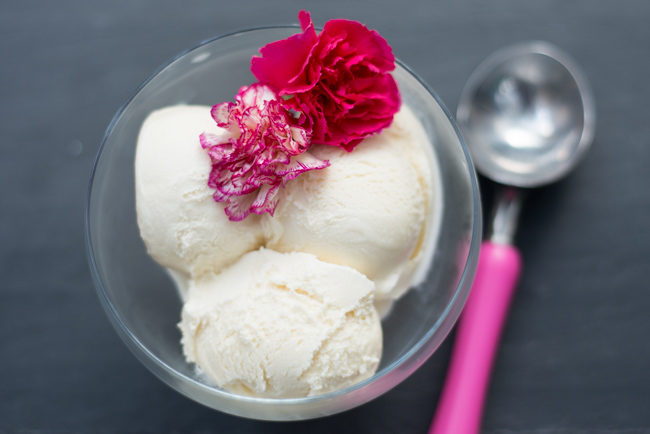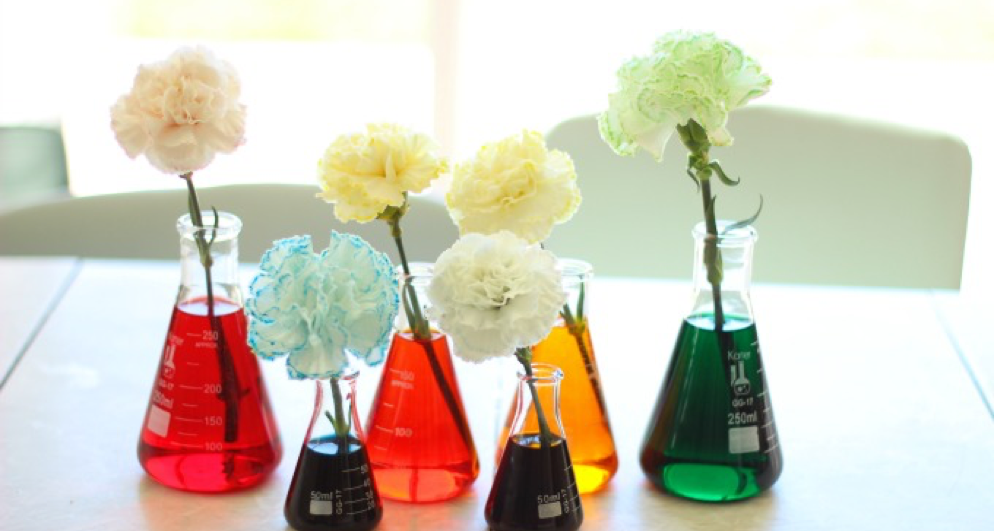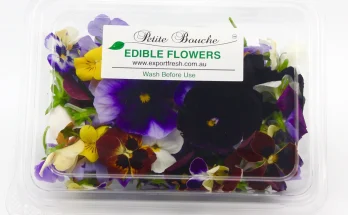Carnation, comes from Greece… carnis(flesh) refers to the original color of the flower, or perhaps the word incarnacyon(incarnation), which refers to the incarnation of God made flesh.

This mesmerizing bloom has been popular for centuries and is one of the oldest flowers in existence. The history of this exotic flower dates back to the ancient Greek and Roman times, as the blooms were considered an important part of art and decor.
The carnation also has religious connotations, as Christians believe the bloom first arrived on earth when Mother Mary wept for Jesus as he carried the cross. Carnations in these early times were predominantly found in shades of pale pink and peach, but over the years the palette of available colors has grown to include red, yellow, white, purple, and even green. Throughout so many centuries of change, the popularity of the carnation has remained undiminished. The fact that the carnation continues to endure is a testament to its vast appeal.

The meanings of carnations include fascination, distinction, and love. Like many other flowers, different messages can also be expressed with the flower’s different color varieties. Light red carnations, for example, are often used to convey admiration, whereas the dark red version expresses deeper sentiments of love and affection. White carnations are associated with purity and luck, and pink carnations are often given as a sign of gratitude. In the early part of the 20th century, carnations became the official flower of Mother’s Day in addition finding particular significance in many other cultures worldwide. Miss Ann Jarvis (The Founder of Mother’s Day) used Carnations at the first Mother’s Day celebration because Carnations were her mother’s favorite flower.

To this day, carnations remain a favorite flower choice for many different occasions. They are immediately recognizable flowers, and they possess a charm and allure that continues to captivate people around the globe. In fact, in many parts of the world, the popularity of carnations surpasses that of any other flower including roses.
Carnation cultivars boast three main species, these include;
• Large-flowered Carnations – which brandish one large flower per stem.
• Spray Carnations (also known as Mini Carnations) – which feature an abundance of smaller flowers.
• Dwarf flowered Carnations – which feature several small flowers on one stem.
Interesting facts about carnations
• Carnations are edible and many restaurants and foodies will use them to decorate an array of dishes as they make a beautiful aesthetic.

• Asides from being readily available in an array of hues, the color of carnations can also be altered with the help of food coloring. This means white carnations can easily be changed into the likes of orange, purple or yellow carnations. This is a huge advantage when creating specifically themed bouquets and table decorations. It also makes creating bouquets for wedding receptions and events much easier.

• Carnations are commonly referred by their scientific name, “Dianthus”, this name is derived from the two Greek words – “dios” and “anthos”, which translates to “The Flowers of God”.

The powerful sentiments these flowers can express are a perfect complement to their classic beauty and long-lasting freshness. By retaining its status as a floral mainstay for such a long time, the carnation has proven itself to be a lasting flower in more ways than one.



